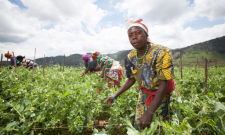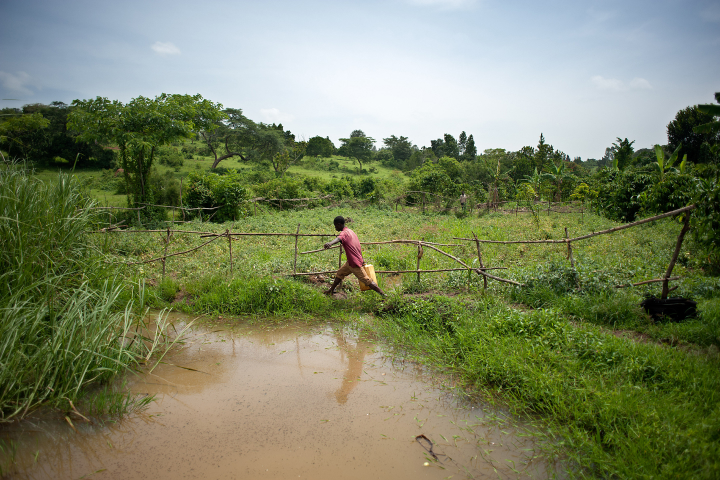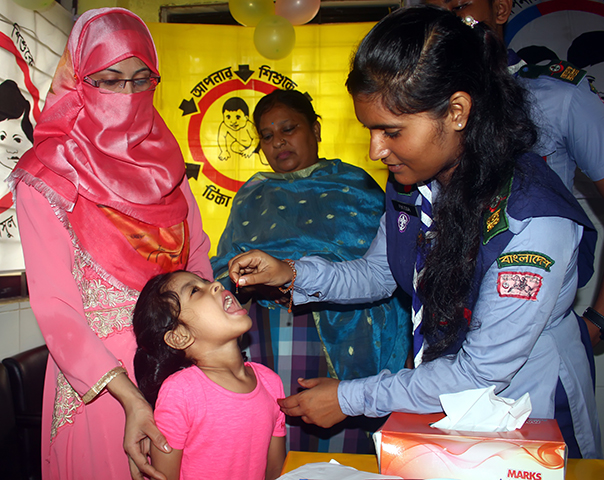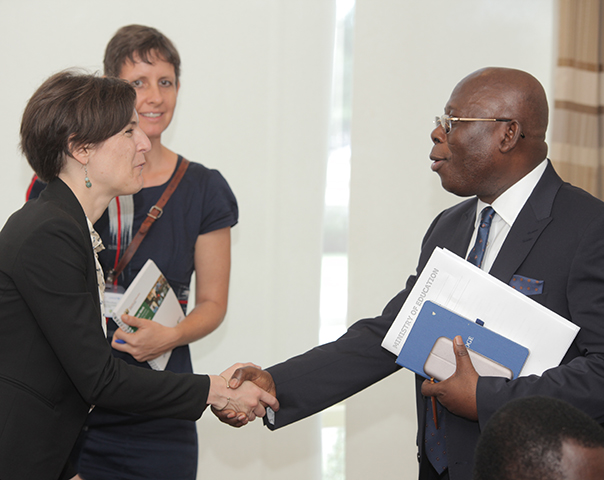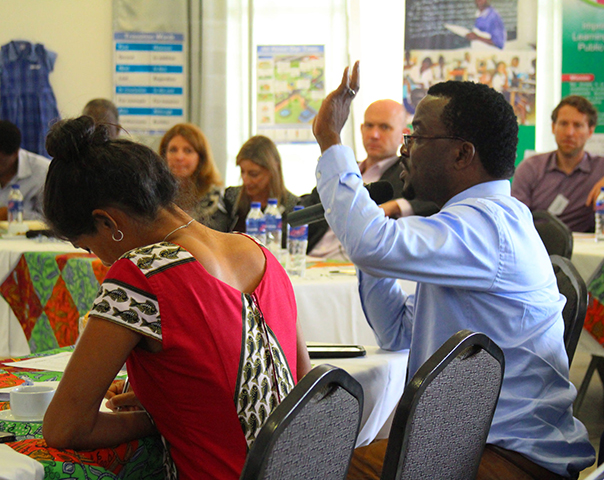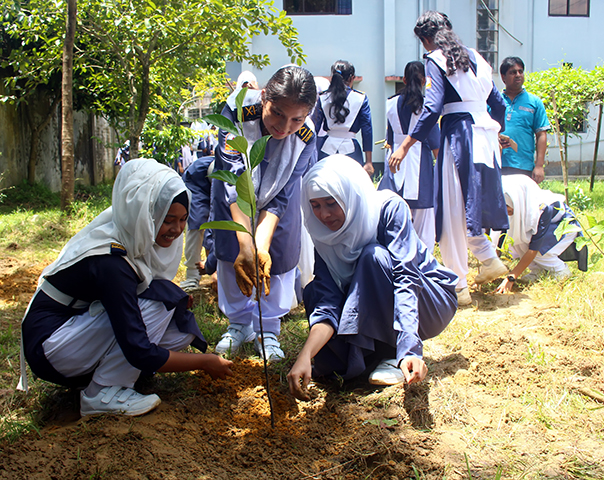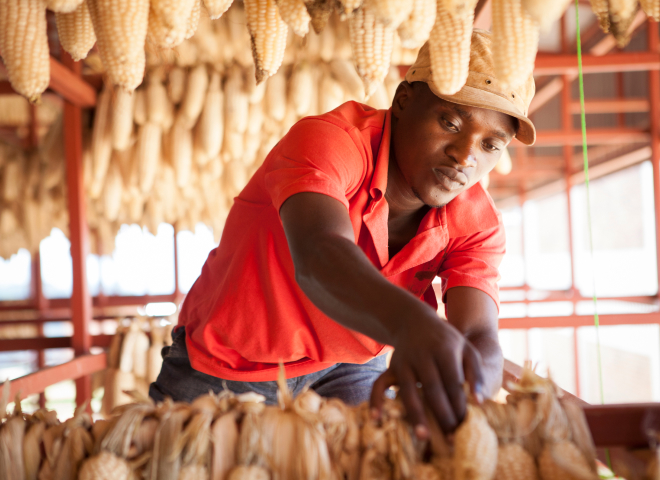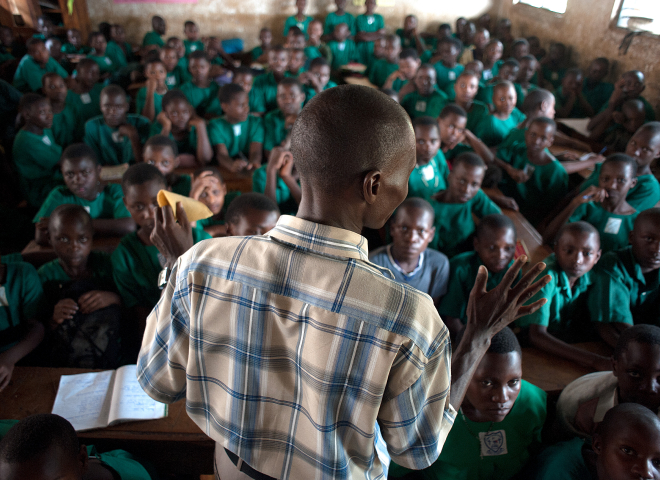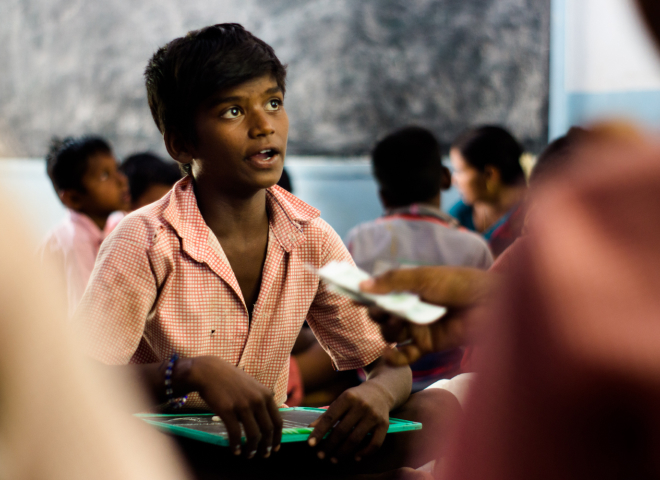The Impact of Productive Assets and Training on Child Labor in the Philippines
Read the paper here.
Abstract
Around the world, 138 million children are engaged in child labor,1 and in the Philippines many of the children working illegally are in occupations that pose a threat to their health and safety. Because poverty is considered to be the root cause of child labor, policymakers have aimed to reduce child labor by improving the economic welfare of households in poverty that are using or vulnerable to using child labor. In the Philippines, an IPA research team worked with the government to test whether providing households in poverty with a one-time productive asset transfer equivalent to USD 518, along with a short business training, improved economic well-being and reduced in child labor. The program increased household business activity, food security, and some measures of child welfare, but it also led to increases in child labor from family-based economic activities, specifically for children who had not worked before.
Policy Issue
The elimination of child labor in all its forms is one of the measurable targets for the UN Sustainable Development Goal 8: “Promote inclusive and sustainable economic growth, employment and decent work for all.” Widespread child labor in low-income countries is thought to damper future economic growth through its negative impact on child development. Child labor also depresses economic growth by discouraging the adoption of skill-intensive technologies, while lowering wages in low-skill sectors. Because poverty is considered the root cause of child labor, policymakers have aimed to reduce child labor by improving the economic welfare of households in poverty. This study aimed to shed light on whether sustainable livelihoods promotion can stop child labor where it already exists, which many other interventions have failed to do, and prevent it from occurring in households that are vulnerable to using child labor.
Context of the Evaluation
Despite strong economic progress over the last several decades, one in five Filipino families remain below the poverty line, and a 2011 study found 2.1 million Filipino children were engaged in unlawful child labor. Sixty-two percent worked in hazardous labor activities where chemical, physical, and biological hazards exist.2
The Philippine government is a global leader in the discussion of anti-child labor policies through the Philippine Department of Labor and Employment’s (DOLE) Kabuhayan Para sa Magulang ng Batang Manggagawa (KASAMA) Program. This program provides in-kind transfers of equipment, tools, and/or raw materials and trainings to parents of child laborers in an effort to promote sustainable, alternative forms of income that replace the family’s use of child labor.
This study was conducted in five regions of the Philippine island of Luzon. Two of these regions, Bicol and Central Luzon, account for more than 1 in 5 of all child laborers in the Philippines.3Among the families in the study, 73 percent of children living in treated households were child laborers, and these families lived on less than USD1.30 per person per day on average.
Details of the Intervention
Innovations for Poverty Action worked with researchers to test the impact of the KASAMA program on child labor, economic activity, household income, and consumption.
The program offered households a productive asset along with a short business training and was designed to support families in moving to more entrepreneurial activities and sustainable livelihoods. Potential beneficiaries were drawn from existing government lists of vulnerable families with children and families with child laborers.
A total of 164 communities (barangays) across five regions of Luzon were randomly assigned to one of two groups:
- Program group: Households in 82 communities could access an asset such as livestock, farming tools, inventory for vending snacks, or materials for producing home goods (such as candles or curtains) worth PHP10,000 (USD 518 Purchasing Power Parity). The program also included three one-day trainings designed to provide assistance on developing a business plan, bookkeeping, marketing and financial literacy. The training also included a brief orientation on child labor: how it is defined legally in the Philippines and how the government is engaging communities to reduce child labor. Households were not told the program was designed to reduce child labor, however. (1,148 households)
- Comparison group: This group was comprised of 82 communities who did not receive the intervention. (1,148 households)
Researchers measured impacts of the program approximately 18 months after it started.
Results and Policy Lessons
Overall, households offered the program had better food security and improvements in some measures of child welfare (e.g., life satisfaction), but it also led to a modest increase in the number of children who worked. The increase in child labor appears to be driven by the increase in work opportunities brought on by the family businesses.
Livelihoods: Households assigned to receive the program were more likely to start new businesses and preserve existing businesses.
- Households offered the program were 9.7 percentage points more likely to report the presence of either an agricultural or non-agricultural family firm, up from 76.1 percent in the comparison group
- These households reported an increase of 0.29 new non-farm enterprises over the study period, up from 0.53 in the comparison group.
- The most common assets transferred were rice and food trading or for stocking small convenience stores (“sari-sari” stores).
- Flexibility in asset choice appeared important to participants according to qualitative interviews with frequent reports of experimentation in different enterprises to find what worked best for the household and some suggestion that the best asset for one household was not necessarily the best asset for another household, even in the same community.
Economic well-being: Household food security improves:
- Adults reported not having to cut meals, being able to eat preferred food options, and not needing to borrow food or purchase food on credit.
- Elder women increased their economic activity by 48 percent from being offered the program.
Child labor: The program increased instances of child economic activity and labor.
- For children not involved in child labor at the start of the intervention, economic activity rates increased by 8.3 percentage points from 66 percent, suggesting that a new family-based enterprise made them become economically active. Moreover, for these children whose families had nonfarm enterprises at the outset, the likelihood of child labor increased by 19.4 percentage points from 62.7 percent and the likelihood of being in hazardous child labor increased by 22.6 percentage points from 50.7 percent. This suggests that children engage in more vulnerable types of work when a household is already engaged in a business.
- For children already involved in child labor at the start of the intervention, the program had no effect.
- In barangays fully receiving the 4Ps social protection program, the intervention had higher increases in the likelihood that children were economically active, worked for pay, were in child labor, and were in hazardous child labor. This is because there were more children available to work in this group.
Child welfare: Child welfare increased on average.4 This appears to be driven largely by changes in life satisfaction and is concentrated among children already in child labor before the program started. These improvements in welfare for children who were laborers before the program began seems to again be due to improvements in life satisfaction. Children were more likely to report that they were thriving and had higher scores on the Student’s Life Satisfaction Survey. For children not in child labor before the intervention but were induced into it from their families' nonfarm enterprises, they experienced no gains in life satisfaction, likely due to the increase in work.
Policy Impact and Implications
Overall, these findings raise questions about the value of providing a productive asset transfer to families in order to reduce child labor. Yet they also highlight the value of KASAMA in ameliorating poverty, increasing food security, and improving children’s life satisfaction.
This highlights one of the important––and previously unknown–– tensions in using a sustainable livelihood program to combat child labor. Families with child labor present are among the most disadvantaged, and livelihood support can make them experience less poverty (as KASAMA has done). However, when introducing a new enterprise into a household, available laborers are needed to work in the new enterprise. In this context, there was not a large surplus of prime-age adult labor. Families were working hard to make ends meet, so the addition of a new economic activity or expanding an existing activity brought in more marginal workers, which were often children. Thus, it is critical to be clear on the goals of a sustainable livelihood program. If the goal was to improve the lives of families with child labor, then KASAMA was successful. However, if the goal was to eliminate child labor in families who received the program, then it was not successful, and other approaches should be considered and tested.
Funding for this project was provided by the United States Department of Labor.
This material does not necessarily reflect the views or policies of the United States Department of Labor, nor does the mention of trade names, commercial products, or organizations imply endorsement by the United States Government.
Sources
1 UNICEF Press Release, "Despite progress, child labour still affects 138 million children globally – ILO, UNICEF," UNICEF, June 10, 2025, https://www.unicef.org/press-releases/despite-progress-child-labour-still-affects-138-million-children-globally-ilo-unicef
2 “Philippines - 2011 Survey on Children 5 to 17 Years Old - Final Report,” Report, February 1, 2014. p. 8 http://www.ilo.org/ipec/Informationresources/WCMS_IPEC_PUB_26815/lang--en/index.htm.
3 “Philippines - 2011 Survey on Children 5 to 17 Years Old - Final Report,” p. 56.
4 The primary life satisfaction metric is Cantril’s (1965) Ladder which researchers collected for each child 10-17 in the household. The respondent provided a scaled response of their life quality ranging between 0 to 10, and researchers examine the impact of KASAMA on the child’s raw score and on indicators consistent with how the Gallop Organization uses Cantril’s Ladder, creating indicators by splitting the responses into thriving (7+) and suffering (4-).



